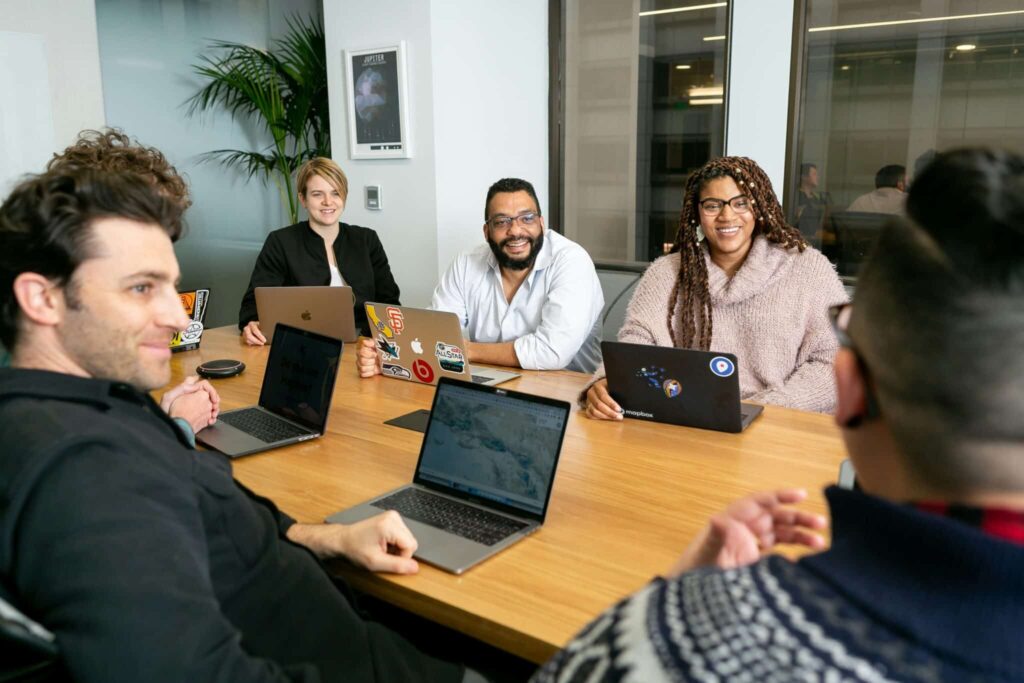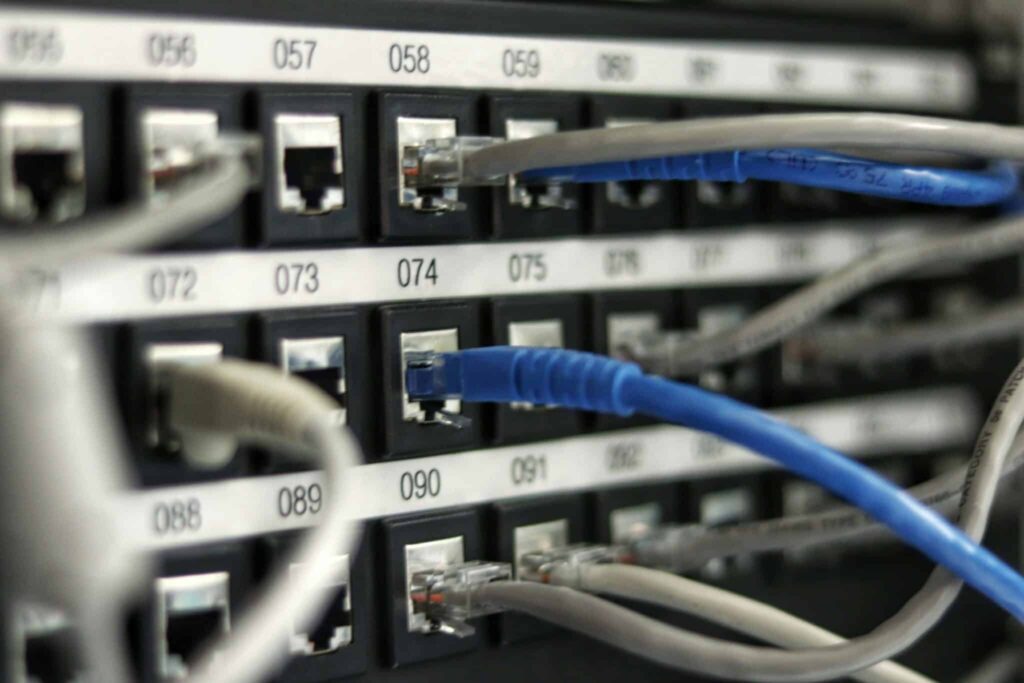How to connect your physical and digital workplace
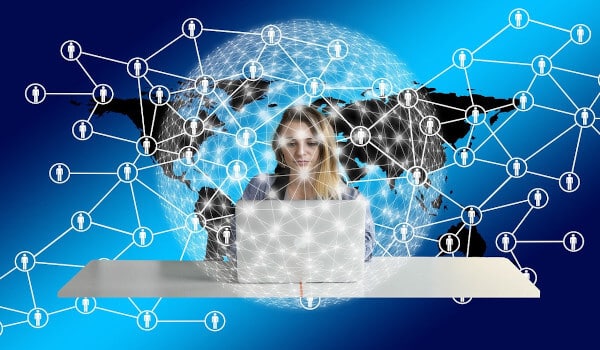

When you bridge the gap between your organization’s physical and digital workplaces, everybody wins.
What is a digital workplace? A digital workplace is a workplace that is not located in a particular physical location. This could be an employee’s home or a coffee shop or library, which is the other side of the coin from a physical workplace, which typically refers to a company’s office space.
What is the physical workplace? The physical workspace is the actual office space in which employees can work. This differs from a digital workspace in that employees would be working from a physical office provided by the company and not remotely from their own home or an alternate location like a coffee shop or library.
Employees are fully connected to everything they need. And workplace leaders have better tools to manage every inch of their facility, make data-driven decisions that save on costs, and enhance the employee experience.
Typically, the biggest challenge that prevents companies from getting more out of their workplace management software is knowing where to start. With workplace tech developing at breakneck speed, it’s impossible to keep up with all of the ways you can leverage apps, software, and hardware to your company’s advantage.
So to help you get inspired, here are some of the most innovative ways we’re seeing companies completely transform the workplace experience by connecting their physical and digital workplaces.
Digital floor plans that improve the employee experience
If you’ve ever tried to find your way around a facility with a printed-out floor plan, you’ll know why digital floor plans are becoming the new normal. In the age of Google Maps, printed maps and spreadsheets are beyond archaic. As soon as your space is reconfigured, those print-outs need to be manually updated.
Interactive, digital floor plans connect your people to everything that’s in your facility—colleagues, rooms, resources, desks, and more.
With desk booking software and room booking software integrations, any changes to your physical floor plans are instantly reflected on your digital floor plan. Meaning that whenever someone books a room or a desk, your digital floor plan will reflect that change in seconds.
Some workplace management platforms even go the extra mile, with functionality that allows you to display your floor plan on interactive touchscreen kiosks installed throughout your facility, which can help with ease of use and wayfinding.
Automated visitor management that improves workplace security
Picture this: a visitor arrives at your building, but nobody on your team is around to welcome them in.
This all-too-common scenario isn’t just inconvenient for someone arriving at your facility; if that visitor starts wandering around, looking for help, it’s a security risk for your building, too! Similarly, if that visitor happens to be a delivery person, missing their arrival could delay the receipt of mail or packages that are critical to your team’s workflow.
Services like Envoy solve this problem with a combination of hardware and software that connects visitors to your team. Whenever a visitor arrives at one of your physical locations, Envoy helps them register their visit on a touchscreen device (usually a tablet) that sits at your reception desk. Envoy then notifies whoever that person due to meet with, and prints out a name tag for the visitor.
This type of digital support ensures you’ll always catch visitors and deliveries as soon as they arrive, without the need for a receptionist to be glued to the front desk at all times. What is an interactive dashboard? An interactive dashboard is a data management tool that tracks, analyzes, monitors, and displays metrics, while allowing users to interact with the data.
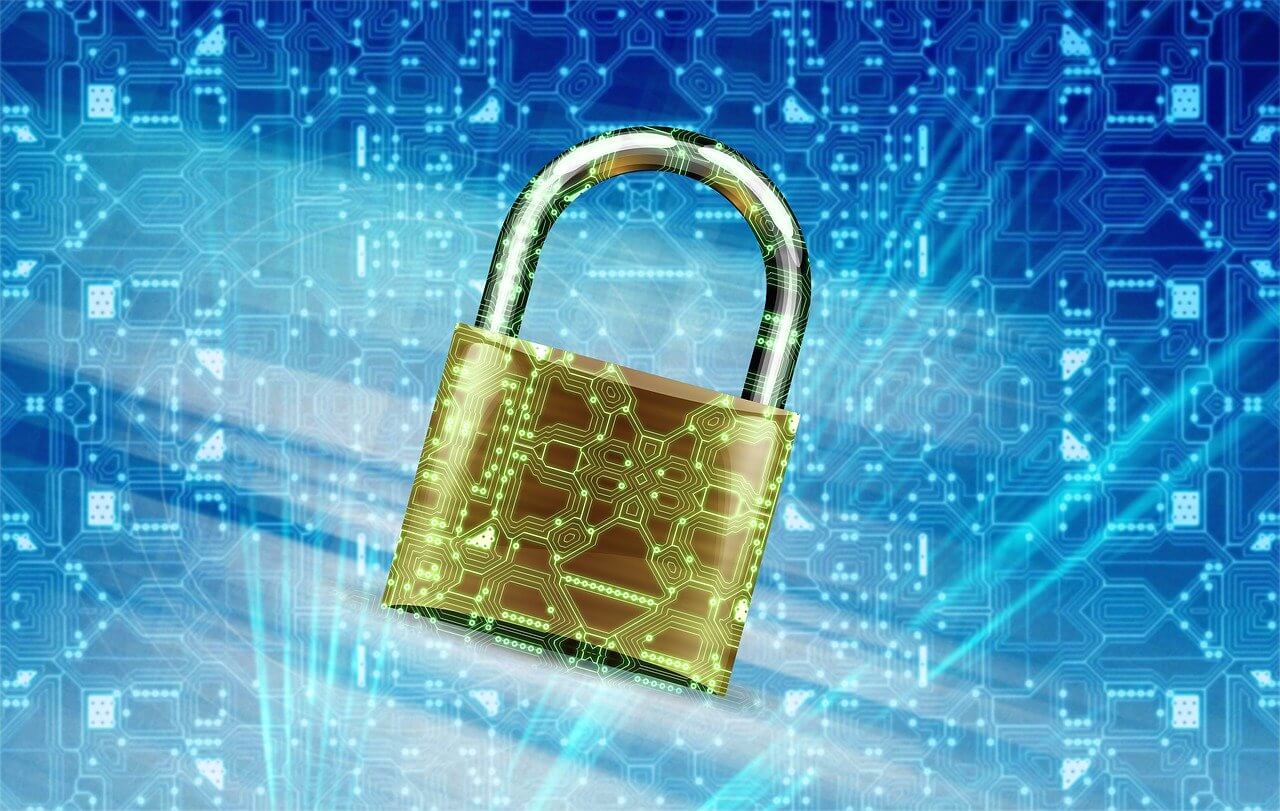
Anytime, anywhere access via the cloud
Given that 42.5% of the global workforce will be mobile employees by 2022, it’s no surprise that the need for cloud-based facility access has skyrocketed.
Apps like Comfy integrate with your building automation system (BAS) to help employees vote on adjusting things like office heating, lighting, and more.
Cloud-based room booking software and desk booking software can help traveling employees view, reserve, and book the space they need prior to their arrival.
And a cloud-based IWMS gives teams full, secure access to their facility, no matter where they are in the world. Workplace leaders can respond to requests and control office heating, lighting, and energy consumption while they’re on the go. Push notifications to mobile devices can alert your team when there’s a security issue or equipment failure that needs immediate attention.
Apps and integrations that increase productivity and well-being
According to a study on workplace engagement in the US, disengaged employees cost organizations around $450-550 billion each year. Countless workplace apps are helping companies deal with this challenge by making life better for employees.
WorkBond is an internal social app that fosters connection and employee well-being. The app connects employees with shared interests, matches them with like-minded groups, and makes onboarding more fun for new hires.
An IWMS that integrates with Slack can help your team submit facility requests, book rooms, and find colleagues via their work Slack account via their work Slack account, resulting in increased efficiency.
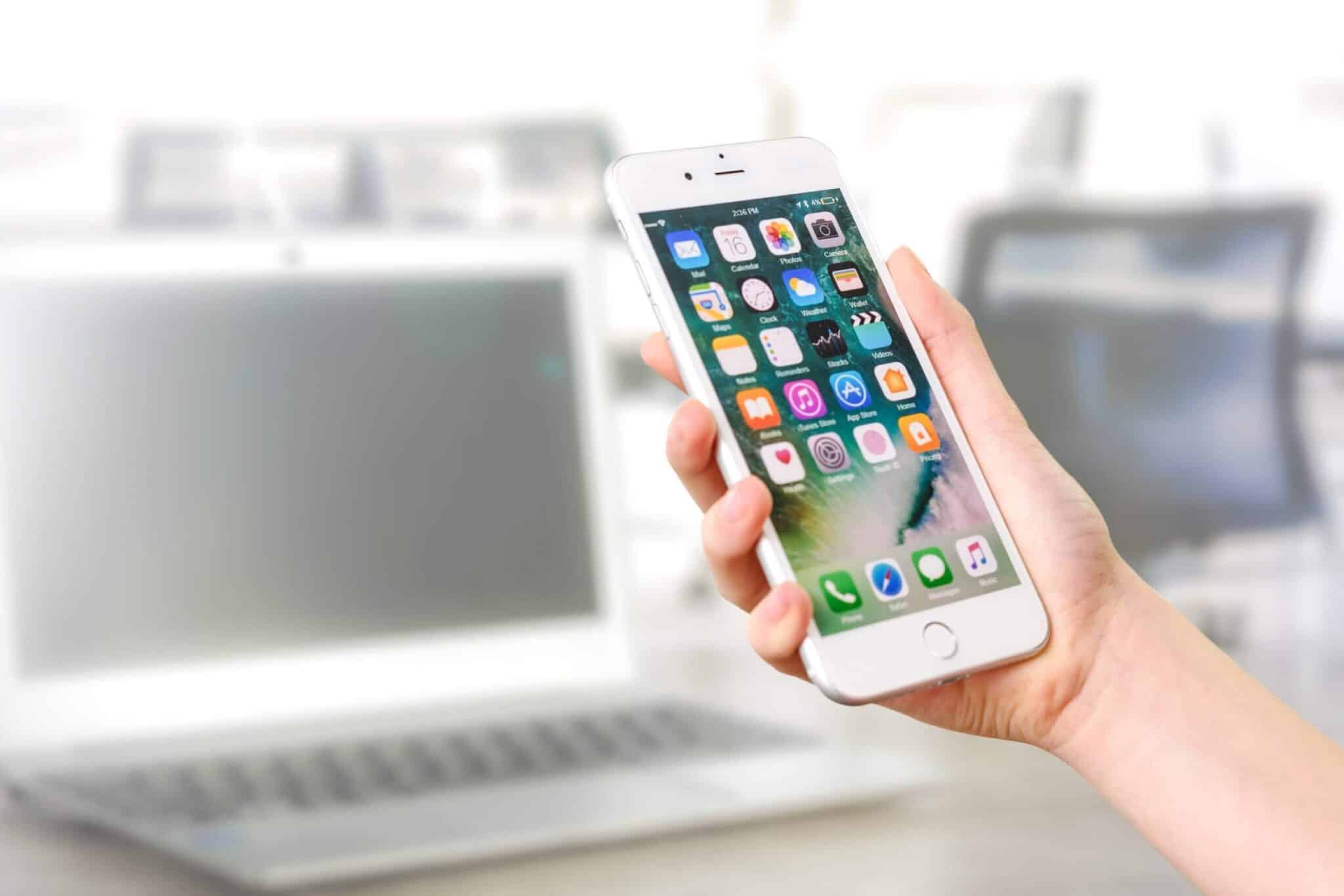
Workplace sensors that automate tasks, save energy, and improve physical comfort
On average, offices are only fully occupied 42% of the time. So it makes sense that organizations primarily use workplace sensors to monitor space and improve utilization. But sensors can do so much more in the workplace; we’re only just beginning to see their true potential emerge.
Here are some of the innovative ways we’ve seen companies use sensors to their advantage so far:
- Make it easier for employees to book rooms and desks by showing real-time desk availability on your digital floor plan
- Maximize desk availability with free addressing and neighborhoods
- Help FMs make effective, data-driven decisions that result in increased efficiencies and cost savings
- Identify underutilized spaces and maximize usage
- Spot opportunities to optimize space in ways that improve employee well-being
- Better understand occupancy trends, accurately forecast future space requirements, and keep real estate costs under control
- See exactly how many employees are in their facilities, using live presence detection
- Automate the management of facility tasks like trash removal, stock replenishment, and building maintenance
If you’re new to workplace sensor technology, learn how to optimize your workplace with sensors and check out the 11 ways to use sensors in the workplace with OfficeSpace.
Software that takes real estate management to the next level
Once a company reaches a certain size, it’s impossible to track and forecast space utilization, real estate requirements, and lease data with a humble spreadsheet.
An IWMS that offers real estate management software and workplace sensor integrations will include physical space utilization and lease data in your real estate reports. This combination tells CREs exactly where their budget is going with more precision than ever before.
And with an accurate understanding of your current and future space requirements, an online service like SquareFoot can also help you find space and avoid expanding sooner than you need to. The online marketplace connects businesses with vacant office spaces and calculates how much actual space they need.

Automated work order management that saves everybody time
Post-it notes, Slack messages, email, phone calls, shoulder taps, even conversations in the hallway… There are a thousand and one ways employees will submit facility requests if there’s no system in place to automate the process.
Work order management software like Request Manager increases productivity for your entire team, by streamlining how facility work orders are submitted and managed. The tool lets employees submit and track requests via desktop, mobile, Android or iOS app, even Slack.
Once a request is received, Request Manager sends it instantly to a single, neat-and-tidy dashboard, where FMs can assign and track the progress of requests with customized SLAs.
Powerful room booking software that integrates with workplace hardware
Room booking software has come a long way in the past few years. Digital room listings, available on your company’s digital floor plan, help your people book the right room every time by showing them each room’s size and available amenities at the time of booking.
Connected workplace sensors can eliminate no-show meetings and increase meeting room availability. The sensors detect when a room is booked but not in use. If nobody shows up for a meeting, the sensor automatically notifies your room booking software and the room status is switched from “booked” to “available” on your floor plan.
Installing workplace hardware like interactive room screens can also increase room visibility and make booking easier. When employees view an available room while they’re walking the floor, they can book the room via the room screen and the meeting room will immediately display as “booked” on your floor plan.
Real-time data that gives everyone access to invaluable facility insights
Technology is giving workplace leaders access to rich, accurate data that was practically impossible to track in the past. When sensors monitor space utilization 24/7, managers can access utilization trends from any period of time.
Real-time data reporting is also a huge help to employees. For example, when a shared desk becomes available or a room is booked, a digital floor plan will display the change instantly, meaning your employees will always have accurate facility information on hand.
Data tracking can also be used for other things around the office besides room booking and desk booking. For example, sensors can be used to gather information about office supplies, garbage status, water usage and more. Any data gathered can be automated through push notifications to alert the appropriate staff to take action as needed, eliminating the need for a middle man or extra steps.
Internet of Things technology that brings a new level of efficiency to the workplace
Even if you’ve never heard of “Internet of Things” or IoT technology before, you’ve probably seen an IoT device in the real world. Smart appliances in the home, smartwatches, and fitness trackers are just some of 20.4 billion IoT devices that are powering our world.
The data generated by IoT enabled workplace sensors is capable of boosting performance by increasing efficiency and reducing costs. For example, using sensors to understand how your office space is being used will reveal whether or not hot desking is a good choice for your company.
Companies are using IoT technology to:
- Help employees book rooms, desks, and resources
- Manage and optimize space
- Monitor and automating climate control
- Automate the facilities workload
- Use predictive maintenance tracking to get notified when hardware needs to be serviced
- Monitor when stock needs to be replenished
To dive deeper, learn how IoT technology is changing facilities management and check out our guide: How to create a more efficient workplace with IoT technology.
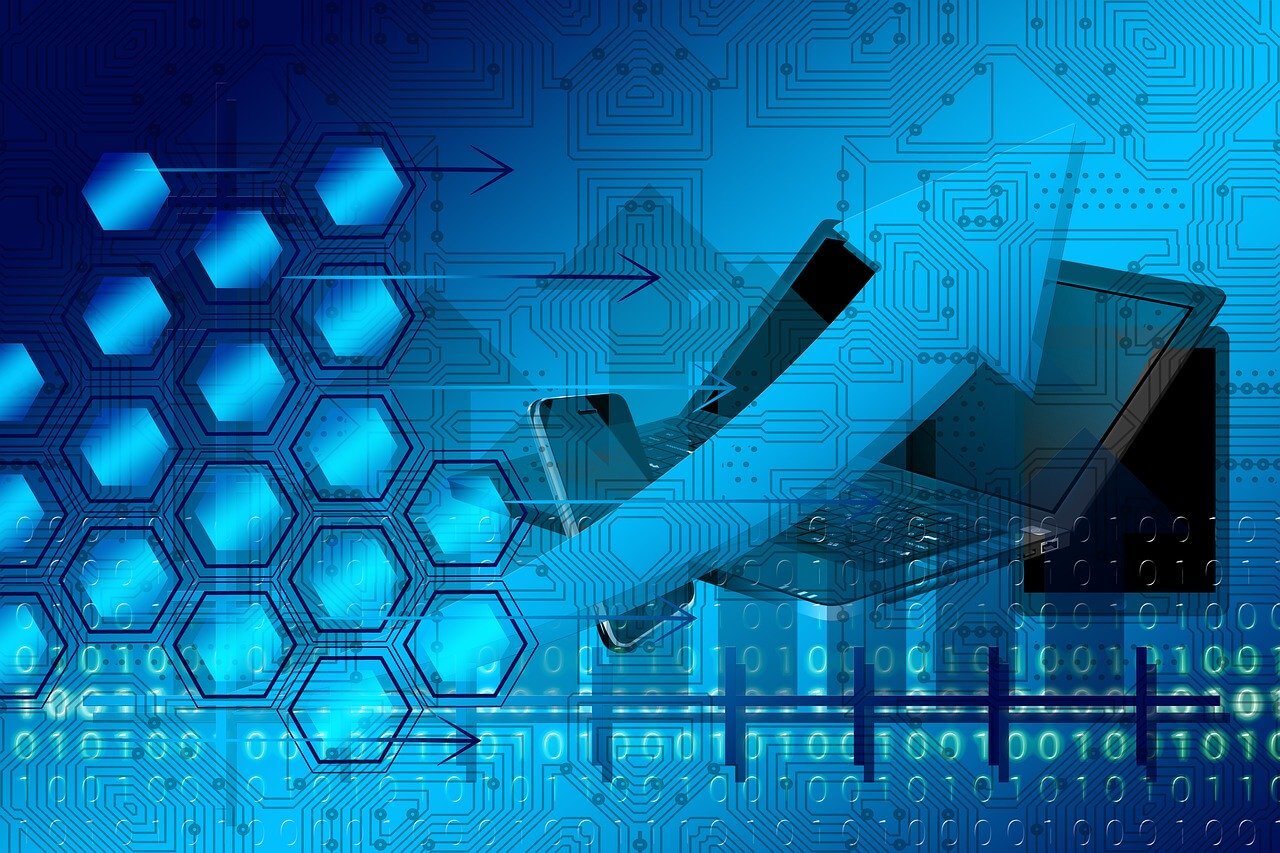
Blockchain: the way of the future?
It might take a while for Blockchain to become commonplace in facilities management. But given its potential to integrate with workplace tech, enhance facility security, and make life easier for FMs, the technology is worth keeping an eye on.
Primarily known as the technology behind the explosion of Bitcoin, Blockchain has the potential to drive transparency, efficiency, and cost savings in facilities management by removing many of the existing inefficiencies in key workplace processes. Blockchain in facilities management is basically a cloud-based ledger that records data automatically and only allows changes when all parties agree. It can be connected to other systems, and can be used to maximize data integrity and enhance operations.
The generation of digitally secure ledgers means that Blockchain can add value in contract management, work order processing, project tracking, and payment processing, but its real value in facilities management may lie in the way it can be made to act with the IoT. Smart devices have the potential to feed into a blockchain ledger, which could allow for secure, on-demand access by contractors and others, allowing for a more automated and streamlined process.
Additionally, overall facility management security could greatly benefit from blockchain technology. Blockchain has the potential to be used to authenticate device identity, protect and supply data, manage security access, and process transactions in a distributed and accurate way.
Bridging the gap between physical and digital workplaces isn’t a futuristic concept—it’s happening right now in thousands of forward-thinking organizations around the world.
If you’re looking for ways to transform your company’s workplace experience with software and technology, get in touch with our team.
Photo Credits: Gerd Altmann, Jan Alexander, PhotoMIX, energepic



